MUST READ ART BLOGS
Art Talk: Monika on the importance of listening to yourself
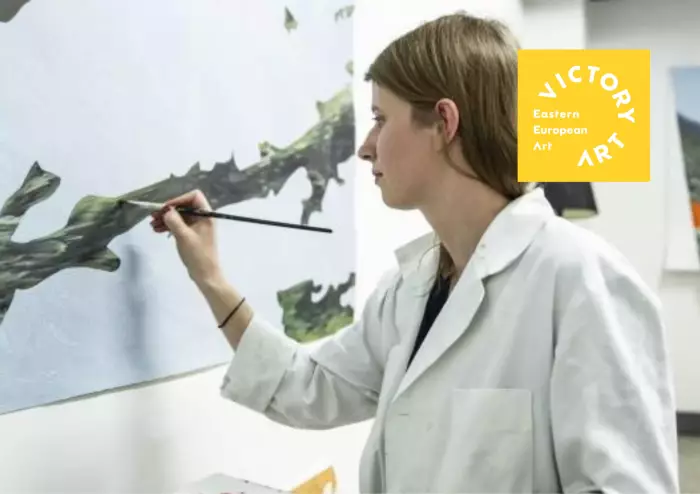
Join Monika as she talks about her source of daily inspiration, the importance of listening to yourself and why is it not needed to blindly follow trends in the art world.
1. What is your main concept of art?
MS: My main area of interest is painting. My work is based on a focused view, which I try to establish with various materials and approaches. I believe that the image never submits to the viewer, but it keeps slipping away, therefore, the viewer loses control over it.
One of the main motives for me is nature. By painting the landscape I investigate the relationship between nature and humanity in a technologically progressive age.
Want to find out what is your concept of art, we have made a quiz for you to see what fits you the most!
2. How did you start your art practices?
MS: When I was in primary school I was working almost exclusively with sculpture, so I was not involved in painting at all. It was not until early high school that I started painting and that was when I realized that it was something that really excited me.
3. What inspires you the most?
MS: As I said earlier, my main motive and inspiration is nature. Even when I travel, I am not attracted to cities and museums, rather to their surroundings and natural attractions. Besides, I also love the color green. I honestly think there is no work where I do not use at least one shade of greens.
4. What are the mediums and materials you currently use? And why?
MS: I currently paint in a fairly classic way by using oil and acrylic paints and sometimes decollage. For me, the traditional materials are still very interesting as I believe they can have a substantial effect on modern society as well.
Curator's Choice: Spring Emotions by Monika
Try out our new AR feature with your phone to see how this painting from Monika is going to look on your walls at home and office!
5. How did you develop your own style? What does a persistent art style mean to an artist?
MS: I am not sure that I have developed a unified and recognizable style as yet. I have especially struggled with finding personal style throughout my studies at the academy. Every year I would start something with a completely new approach that would later result in different outcomes. It began to worry me that all of my works had nothing in common. It was only a few years ago when I had a retrospective exhibition of my works at the academy, where I found out that all of my works are related to each other. Essentially, they were all connected by the same theme - nature. I would say that this is something that links all of my works together.
Although I approach each work from different angles by using distinct techniques, the overarching theme (nature) remains the same, however, the materials that I use when creating a piece might differ and thus are not persistent.
In my opinion, the persistent art style for an artist means greater visibility. When people see some work they know immediately who is the author. But that is not my main goal. I like to start with something totally different and I do not want to be limited by style or theme. It is important to me to always try something new, not be afraid to make mistakes and step out of my comfort zone.
Want to see how artists work, you can check some of our live painting sessions with our artists.
6. What medium or materials will you explore in the future? Why?
MS: I always find something at home that I would like to experiment with. I use different media, although traditional media are still the closest to me as it represents a challenge for modern times. I may sometimes lean towards a painting installation, but I think traditional mediums will still be the main guide in my artistic practice. I always knew I want to paint and there are still so many things for me to explore in this field that I do not feel the need to rush into something new as yet. The painting was always a certain thing for me, even though in the beginning I did not know how or what to paint.
7. What is the most challenging time for you as an artist?
MS: To come up with an idea of what to paint. I do not have millions of ideas before I start. I have to work quite hard and need quite some time before I find something interesting and new.
In general, I do not like to be pressured and it sometimes happens that I might need a few months of break from painting so that I can recharge and then start fully again. However, when I do find my inspiration and start working on the process it somehow begins to flow naturally. It all goes rather quickly when I get the idea of how I want the painting to look.
8. How do you develop a theme of a series? From life? From a social moment...?
MS: I enjoy the simple things: everyday objects and landscapes that surround me which, at first, is nothing special. I can get inspiration for a whole series of works just from one picture. For instance, when traveling I might take a photograph of a certain moment I like which later is transferred into a complex painting series.
Curator's Choice: Blown Mind by Monika
9. How do you understand the art world?
MS: I tend to follow the art scene regularly, but that is not most important to me. The most successful projects come usually from me personally and I think that is the key to success. Every artist needs to find something that really makes him/her happy because interesting art can be made out of basically anything. You should not try to copy the current trends in the art market, rather work on something that excites you. Success can come from anything in the art world, you just need to put some effort into what you are doing.
10. What would be your suggestions to young artists?
MS: I still consider myself a young artist and without extensive practice, I find it quite difficult to advise others. I should really emphasize that you have to start by listening to yourself and avoid following prevailing trends and ways of representation in art. This is what you see right away in the works.
When I was studying at the academy, it would often occur that professors would question my aspiration to create something and because of that, I would always feel the need to change my ideas. It is only when I started listening to myself and not what others said when you started to see success. This is not to say that the opinions of others are not important – they are, but only to the extend when they do not limit what you can or cannot do.
11. What does art mean in your life?
MS: Creating something means a lot to me as I do love art. Oftentimes people overcomplicate their creations. It feels like they make it difficult for the observer to understand the artwork on purpose. I really care about what people think of my creations and that is why I always aim to come up with something that not only highly educated art academics would interpret but any other viewer. Creating something and showing it to others just does not seem like enough. I think I still have not found out where my place is in it.
12. What is the power of art to people?
MS: I think art can open viewers' eyes, so that everyone finds their own story or experience in it, their own truth.
13. What got you interested in working with sustainable art?
MS: It was kind of a coincidence since I have never really categorized myself as a sustainable artist. There are different views about sustainable art. Some artists define it as artwork that deals with or critiques environmental issues, while others identify as Eco Artists because their materials and studio practices have a green footprint or are primarily made using recycled materials.
To be honest, I did not think about that. All those materials I have at home and I was just interested in making something different than just using the normal canvas and paint. There was no concept of ecological problems behind it, even though you can look at my work in that way.
Check our collection of sustainable art, and take a virtual tour with us!
14. Why did you decide to use these sustainable materials instead of traditional oil paints?
MS: I simply started by recycling my old graphics simply because I did not know what to do with them: I did not like them anymore but I also was reluctant to throw them away. So, through recycling, the decollages were made, and then works involving new and renewable materials. Consequently, one thing led to another meaning that it was a gradual process rather than spontaneously deciding to immerse myself in sustainable materials. My trial and error process together with leading circumstances brought me there.
15. What kind of message do you want to give out to the world when using sustainable techniques?
MS: I do not consider myself an artist whose intention is mainly focused on sustainable materials. Through the process of recycling, it was just something that came along my way. But that does not mean that I neglect the environment. I think that we only have one planet Earth and we have to take care of it, for a better tomorrow. As the currently occurring coronavirus has proved - we are capable of changing and adopting. Artworks help raise awareness about ecological issues and help see things through something different lens than just the cruel reality that we live in.
I really like this sentence that I found on the Internet: ‘Sustainable art brings the earth and the art into aesthetic harmony’.
If you want to see more work from Monika, you can visit her page here. You can discover more of our artists here and their work. And if you want to know more about purchasing Monika's art or other art collections we have, you can always make an appointment with us.
CHECK OUT OUR BEST BLOGS

.webp)

.webp)
.webp)
.webp)
.webp)
.webp)
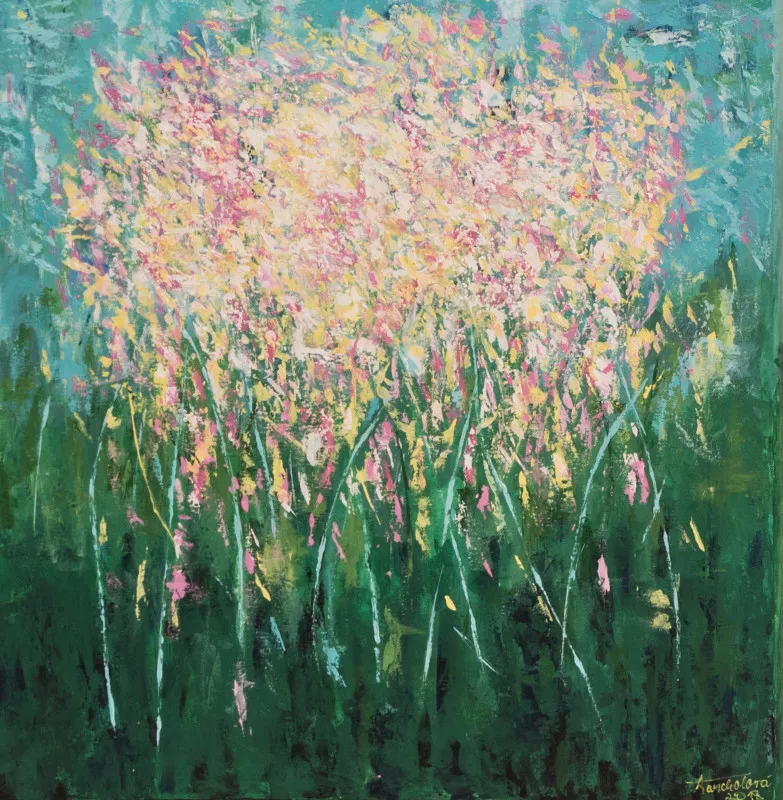
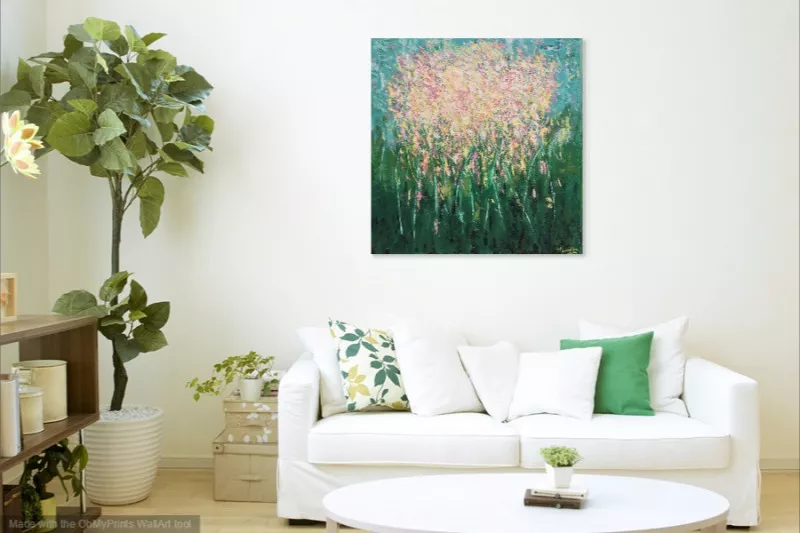
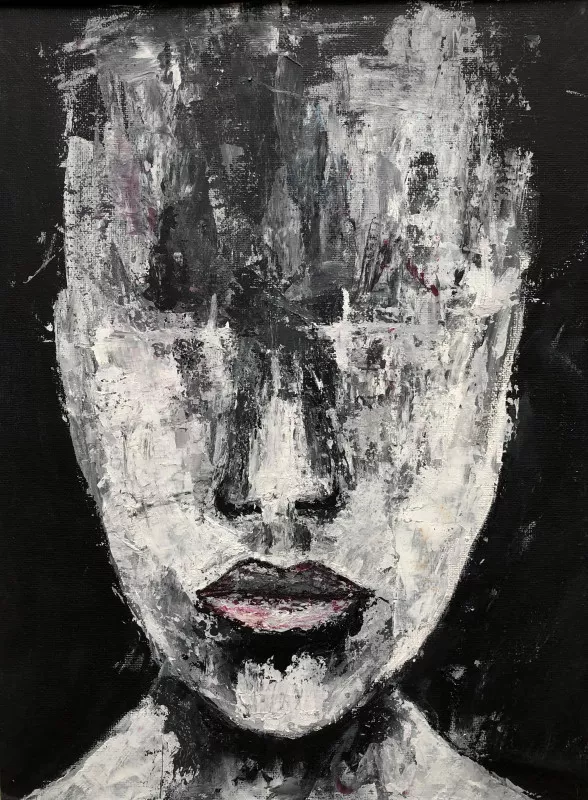
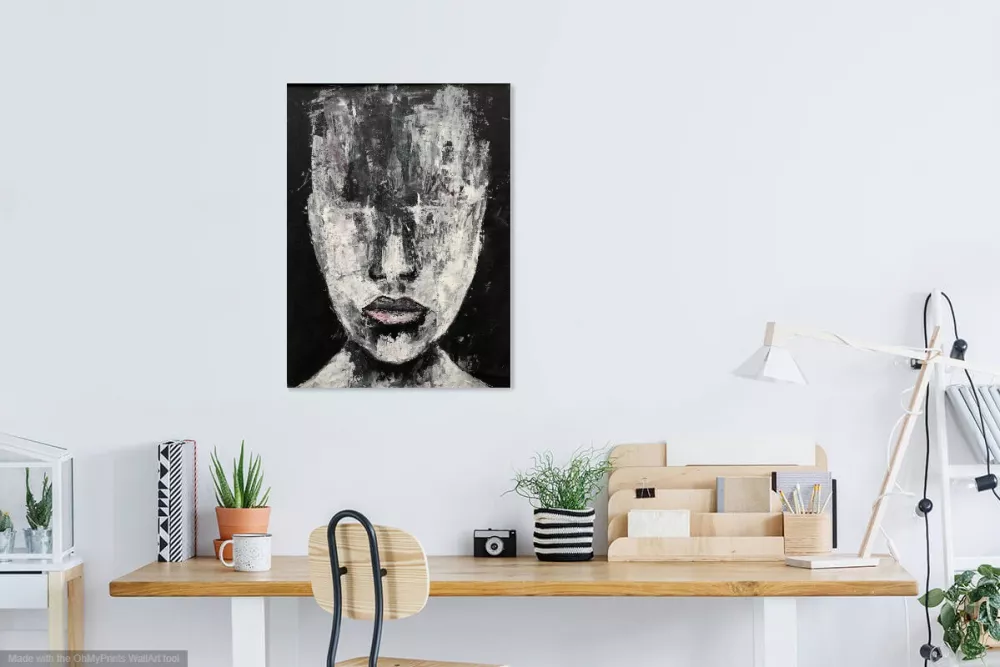









.jpg)